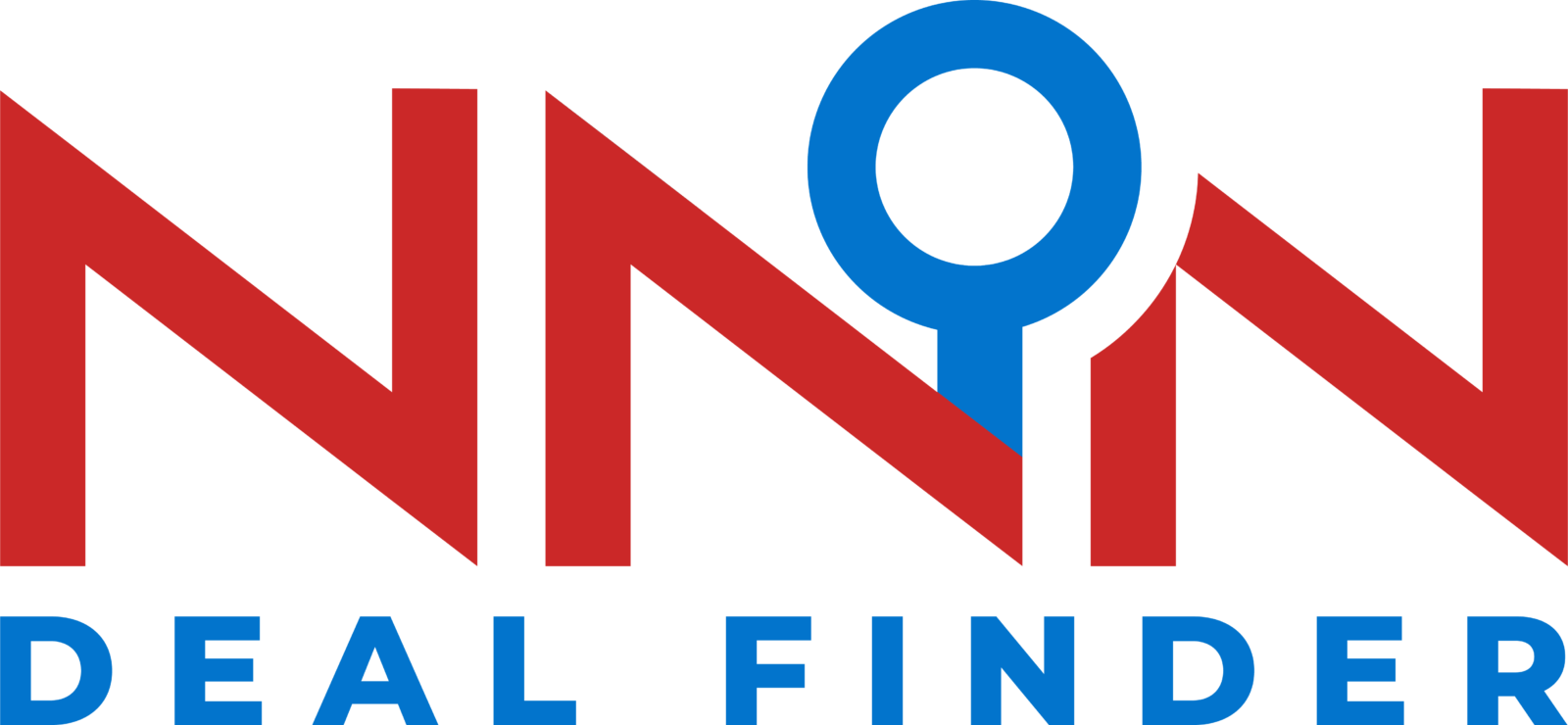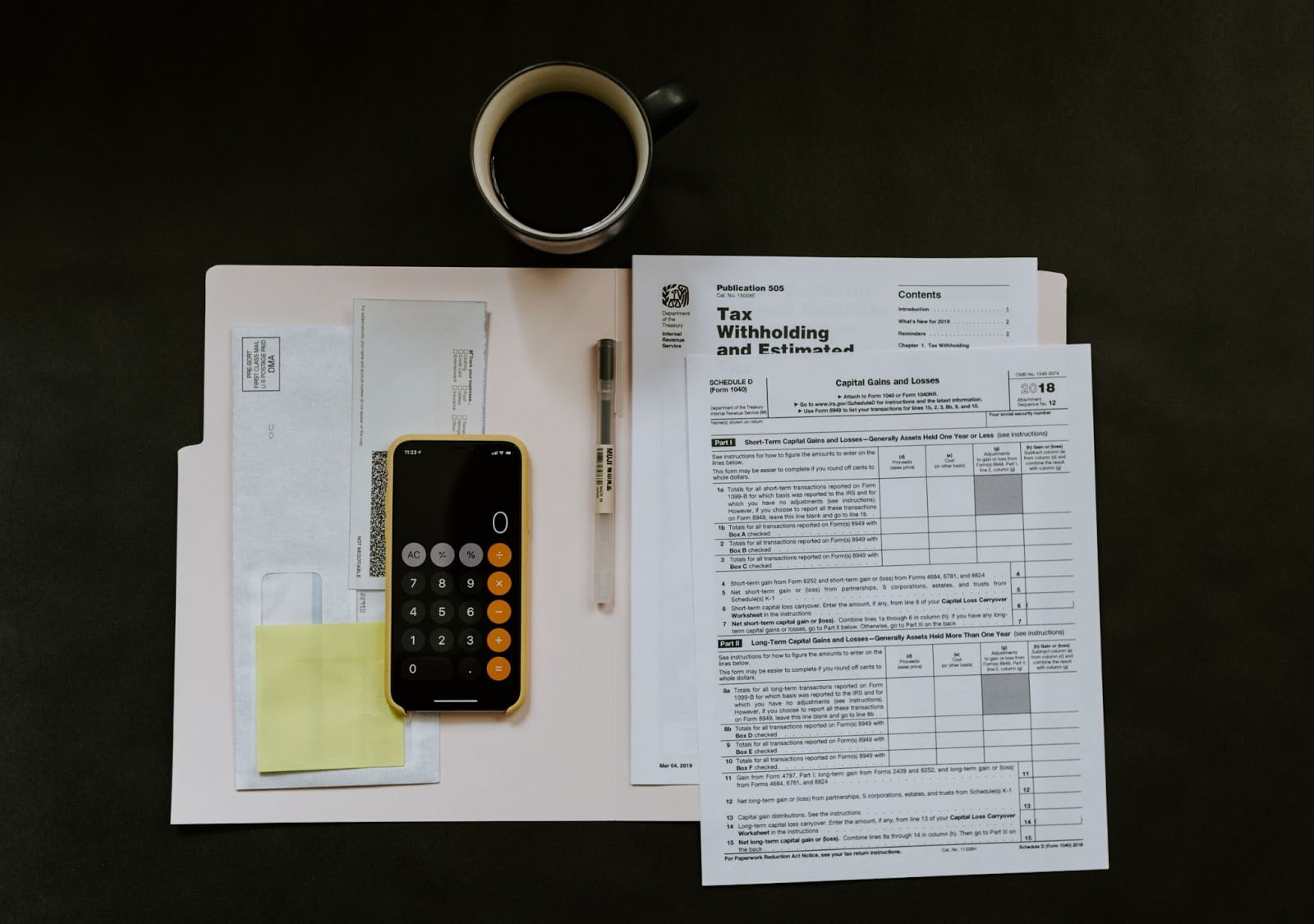A like-kind exchange or 1031 exchange is where one investment property is swapped for another. According to Section 1031 of the Internal Revenue Code, any taxpaying entity, including individuals, partnerships, trusts, companies, and corporations can set up a like-kind exchange.
Per the 2017 Tax Cuts and Jobs Act (TCJA), only exchanges of real property are permitted. Under the new rules, the term “real property” includes land, buildings, and attachments. The provision is void if part of the exchange involves other property or money besides real property.
On the face of it, this means that exchanges of personal or intangible property such as vehicles or intellectual property are disqualified. However, any property recognized as real property under local or state law — including certain categories of intangible property such as leaseholds or easements — qualify as real property.
Taxpayers use like-kind exchanges to postpone capital gains or defer tax liability on real estate sales. In fact, 1031 exchanges are so popular that they accounted for 12% of property sales between 2016 and 2019. To further your understanding of the process or give you some investment ideas, here are some 1031 exchange examples.
1031 Exchange Real Estate Examples
The term “like-kind” refers to the nature of the investment rather than the form. This means that any real property held for productive use in a trade, business, or investment can be exchanged for like-kind property.
Essentially, any type of investment property can be exchanged for another type of investment property. Therefore, as long as both the relinquished property — the property to be sold or disposed of — and the replacement property — the property to be acquired or received — are of a similar commercial nature, a 1031 exchange should be possible.
You can learn more about the system by looking through these Section 1031 exchange examples.
Simple Like-kind Exchange Example
In a perfect world, a like-kind exchange would always involve two properties of similar value. However, this is hardly ever the case. In fact, when it comes to a 1031 exchange, the value of the properties is of little concern. Regardless, here is an example of a relatively straightforward case before delving into the more complex 1031 exchange examples.
Example 1
- You own a $4,000,000 investment property with a tax basis of $3,500,000 — meaning that you have a $500,000 capital gain. You would like to do a 1031 exchange into a $3,975,000 Walgreens in McDonough, Georgia.
- You exchange your $4,000,000 property for the $3,975,000 7-Eleven and an adjoining lot worth $275,000 for a total value of $4,250,000. This means that there is no boot in the exchange.
- You qualify for a full tax deferral for the $500,000 capital gain.
In the above like-like exchange example, because you have utilized the full equity amount from the relinquished property for the replacement property, you may enjoy a full tax deferment with regard to the $500,000 capital gain.
Like-Kind Exchange with Boot Example
The boot is the taxable gain from the exchange that is not the replacement property. Boots may be in the form of cash or otherwise and can be realized in a variety of ways which are explored below. Keep in mind that the following 1031 exchange examples don’t account for outstanding mortgages or closing costs unless otherwise stated.
Cash Boot
A cash boot is a financial gain resulting from a like-kind exchange. Cash boots, like all other boots resultant from like-kind exchanges, are taxable. The 1031 exchange real estate examples below are great for understanding a cash boot.
Example 1
- You own a $3,000,000 investment property with a tax basis of $2,600,000 — meaning that you have a $400,000 capital gain. You would like to do a 1031 exchange into a $2,500,000 Starbucks in Clearwater, Oklahoma.
- You exchange your $3,000,000 property for the $2,500,000 Starbucks. Therefore, a taxable cash boot of $500,000 is realized.
- Subtract the $400,000 capital gain from the relinquished property from the $500,000 cash boot. The remaining $100,000 can be deferred.
In the above like-kind exchange with boot example, only a small portion of the capital gain may be deferred since you would be trading down. If the new property is worth less than the relinquished property, then a cash boot is inevitable.
Example 2
- You own a $2,800,000 investment property with a basis of $2,500,000. You would like to do a 1031 exchange into a $3,000,000 McDonald’s in Flanders, New Jersey.
- You exchange your $2,800,000 property for the $3,000,000 McDonald’s. However, you use $100,000 as a down payment for another investment opportunity and finance the balance to buy the McDonald’s.
- The $100,000 is a taxable cash boot.
In the above scenario, all the equity from the relinquished property has not been channeled into acquiring the replacement property. In this case, the amount diverted from the replacement property will present in the form of a taxable cash boot.
Example 3
- You own a $4,000,000 investment property with a tax basis of $3,500,000 — meaning that you have a $500,000 capital gain. You would like to do a 1031 exchange into a $3,800,000 7-Eleven in Newport News, Virginia.
- If you exchange your $4,000,000 property for the $3,800,000 7-Eleven. Therefore, a taxable cash boot of $200,000 is realized. This also means that you can only defer $300,0000 instead of $500,000.
In the above like-kind exchange with boot example, a cash boot is realized because you have not reinvested the entirety of the equity from the relinquished property into the new property.
Mortgage Boot
A mortgage boot is a liability incurred when you exchange your property for another with less debt attached to it. In most cases, the relinquished property has loan debt attached to it while the replacement property is fully paid off.
In essence, allowing the exchanger to assume ownership of the new property without any debts or with less debt would be a form of debt relief. In a bid to ensure fairness, any debt reduction that the exchanger enjoys as a result of a like-kind exchange must be replaced. Debt replacement can take the form of a cash contribution or financing for the replacement property.
The 1031 exchange real estate examples below will shed some light on what happens when there is a mortgage involved.
Example 1
- You own an $800,000 investment property with a basis of $600,000. You hold equity in the property worth $700,000. There is a mortgage balance of $100,000 on your property.
- Using your $700,000 equity, you buy a $900,000 Dollar General in Union City, Pennsylvania, with no outstanding mortgage.
- Because the replacement property has no debt, you will realize a $100,000 taxable mortgage boot.
In the above scenario, the 1031 exchange would lead to debt reduction in your favor because the replacement property does not have debt equal to or greater than the debt on the relinquished property. To counteract this, you will have to assume a debt of $100,000.
Example 2
- You own an $800,000 investment property with a tax basis of $600,000. You hold equity in the property worth $700,000. There is a mortgage balance of $100,000 on your property.
- Using your $700,000 equity and $200,000 from a recent inheritance, you buy a $900,000 Dollar General in Union City, Pennsylvania, with no outstanding mortgage.
- While the replacement property has no debt, your equity plus the cash from your inheritance has replaced the value of the old mortgage debt of $100,000. Therefore there will be no mortgage boot, and you’ll enjoy full tax deferment.
In the above scenario, although the replacement property is debt-free, your cash contribution covers your old debt of $100,000, therefore negating the need for a mortgage boot.
Personal Property Boot
Equipment and inventory are not considered valid replacement assets. Much like a cash boot, you will be liable for a personal property boot if the proceeds from the sale of the relinquished property are used to purchase property other than the replacement property itself.
Example 1
- You own a $2,750,000 investment property with a basis of $2,650,000 — meaning that you have a $100,000 capital gain. You would like to do a 1031 exchange into a $2,500,000 AutoZone in Fresno, California. You would also like to purchase a further $250,000 worth of equipment for your new investment.
- You exchange your $2,750,000 property for the $2,500,000 Auto Zone and $250,000 worth of equipment.
- You realize a taxable personal property boot of $250,000.
In this like-kind exchange example, while there is no cash boot or mortgage boot, the use of the proceeds from the relinquished property to buy personal property triggers a personal property boot.
Conclusion
As illustrated by the above Section 1031 exchange examples, a like-kind exchange is a smart way to defer the tax implications associated with selling real estate. If you’re an investor thinking about switching gears and pursuing new investment opportunities or simply diversifying your portfolio, consider a like-kind exchange to defer taxes.
Are you looking to find an exchange property before the tax deadline? Visit our page on 1031 exchanges for more information and to contact us about connecting you with other property owners looking to exchange.



